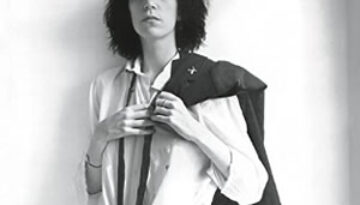
John Cale


Horses by Patti Smith
Buy Horses Horses is the 1975 debut album by Patti Smith, an album which has long become considered a breakthrough masterpiece of minimalist originality and poetic improvisation. Smith and her band had no […]
